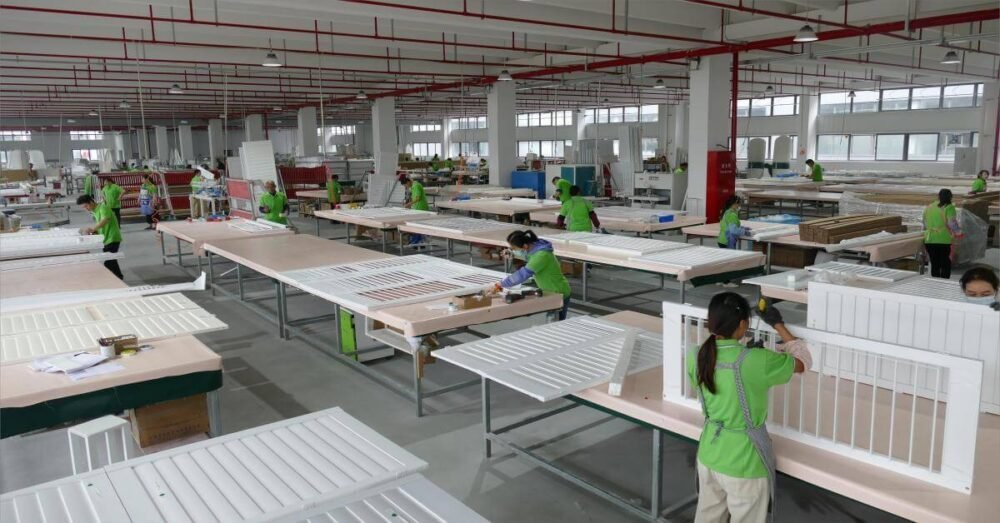Have you ever wondered how shutters are made? Take a peek behind the scenes at a shutters factory and learn about the intricate steps of creating these beautiful window treatments. From selecting suitable materials to precision cutting and assembly, see how shutters are manufactured from start to finish.
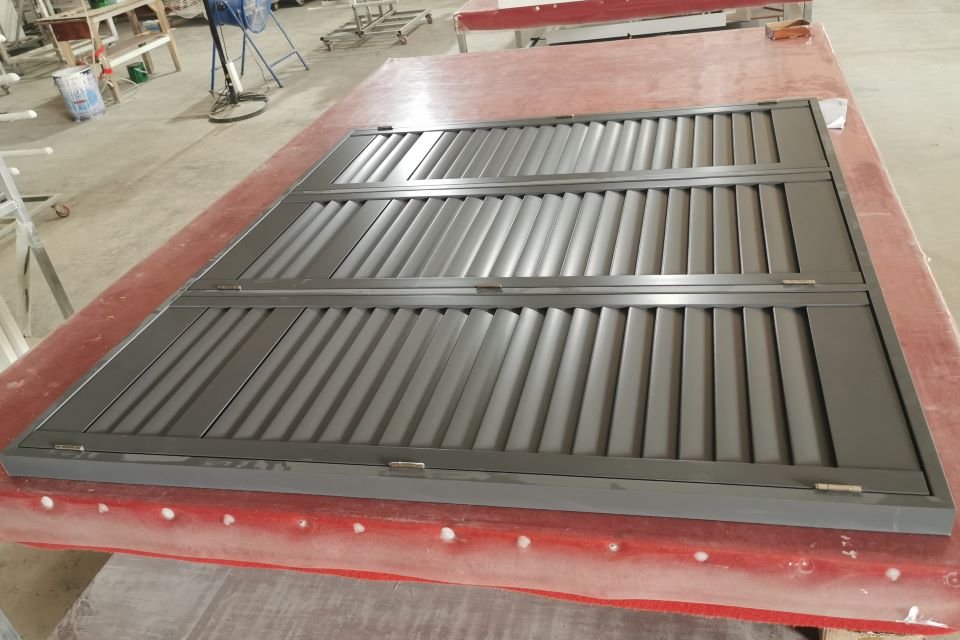
The Raw Materials Used in Shutter Production
Let’s take a closer look at the different types of raw materials used in shutter production:
- Wood: Wood is a popular choice for shutter production due to its natural beauty and durability. Hardwoods like basswood, poplar, and cedar are commonly used because they are strong, lightweight, and easy to work with. Basswood is particularly popular because its fine, uniform grain takes stains and finishes nicely. At the same time, cedar is resistant to rot, decay, and insect damage, making it ideal for exterior shutters.
- Vinyl: Vinyl shutters are made from PVC material and designed for outdoor use. This material is resistant to moisture, UV rays, and extreme temperatures, making it a durable and long-lasting option for homeowners who want low-maintenance shutters. Vinyl shutters are available in various colors and styles, including raised panel, louvered, and board-and-batten.
- Composite: Composite shutters are made from wood fibers and synthetic materials like PVC or fiberglass. This creates a material that looks and feels like natural wood but is more durable and resistant to moisture and insects. Composite shutters are popular for homeowners who want the look of wood shutters but without maintenance requirements.
- Aluminum: Aluminum shutters are a modern and sleek option for homeowners who want a contemporary look for their homes. These shutters are made from high-quality aluminum that is lightweight, durable, and resistant to corrosion and rust. Aluminum shutters are available in various colors and styles, including louvers and raised panel designs.
The raw materials used in shutter production can vary depending on the finished product’s desired look, durability, and cost. Whether made from wood, vinyl, composite, or aluminum, each material has unique properties and benefits, making it a popular choice among homeowners and businesses.
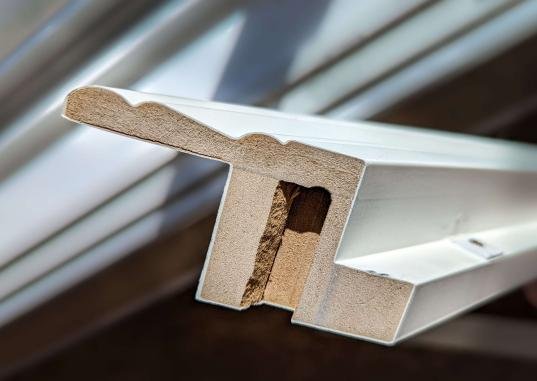
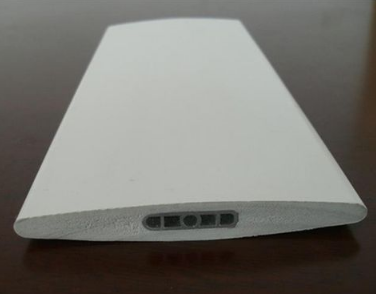

Cutting and Shaping The Shutter Components
Cutting and shaping the shutter components is a critical step in shutter manufacturing, as it sets the foundation for the finished product.
Here are some additional details about the cutting and shaping process:
- Cutting the Wood Components: For wood shutters, the lumber is first cut into smaller pieces that are the correct length and width for the desired shutter size. This can be done using a table saw, which allows the lumber to be cut to exact measurements. Then, the smaller pieces are shaped to their final form using various tools, such as a router, shaper, or planer. A computer-controlled router may also cut the slats, rails, and stiles to ensure precision and consistency.
- Cutting the Vinyl Components: Vinyl shutters are typically made using co-extrusion. The PVC material is fed through an extrusion machine and formed into the desired shape. The components are cut to the correct size using a saw or blade, which can be operated manually or by a computer-controlled machine. This ensures that each element is cut to the precise measurements the design specifies.
- Shaping the Components: Once the components have been cut to the correct size and shape, they are further shaped to achieve the desired aesthetic look. For example, the edges of the slats, rails, and stiles may be beveled or rounded to create a decorative effect. This can be done using specialized machinery, such as a router or shaper, which allows for precise shaping of the components.
Cutting and shaping the shutter components is a critical step in manufacturing that requires precision and accuracy. Manufacturers can use specialized tools and equipment to ensure that each element is cut and shaped to the exact measurements specified by the design, resulting in a high-quality finished product.
Assembly and Finishing of The Shutters
The assembly and finishing of the shutters is a critical stage in the manufacturing process, as it combines all the individual components to create the final product.
Here are some additional details about the assembly and finishing process:
- Assembly of Wood Shutters: Wood shutters are typically assembled using specialized joinery techniques, such as mortise and tenon joints, dowels, or biscuits. These methods ensure a strong and durable frame that can withstand the elements and the test of time. The slats, rails, and stiles are attached using these joinery techniques and glue and screws for added strength. Once the shutters have been assembled, they are clamped and left to dry for several hours to ensure a secure and tight fit.
- Assembly of Vinyl Shutters: Vinyl shutters are typically assembled using screws or other fasteners that hold the components together. The pins are usually hidden to create a seamless look. Once the parts have been attached, the shutters are checked for quality and durability.
- Sanding and Finishing: After the shutters have been assembled, they are sanded and finished to create a smooth and polished surface. For wood shutters, this may involve applying a stain or paint to enhance the natural beauty of the wood and protect it from damage. A coating may preserve vinyl shutters from fading, chipping, or cracking. Once the finishing process is complete, the shutters are checked for quality and consistency before being packaged and shipped to customers.
The assembly and finishing of shutters is a complex process that requires specialized knowledge, tools, and techniques. However, manufacturers can ensure that each shutter is durable, long-lasting, and aesthetically pleasing by using high-quality materials and precise manufacturing methods.
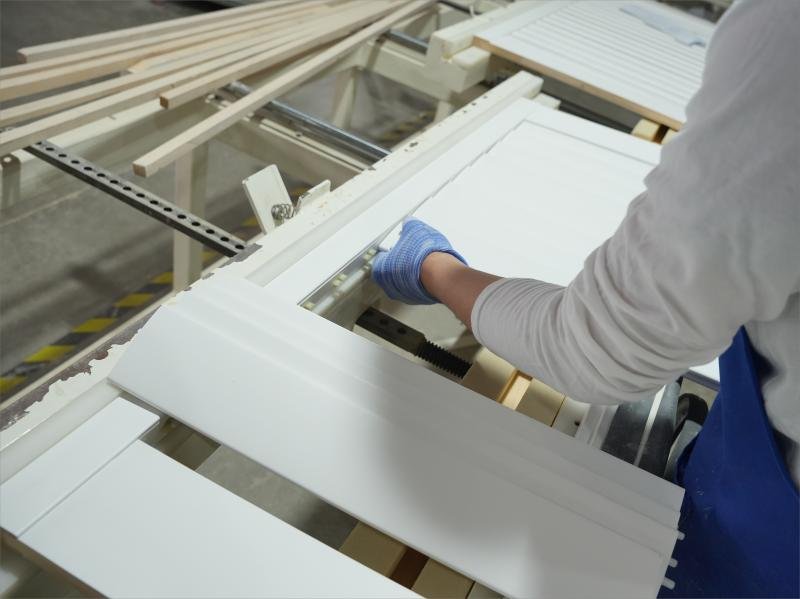
Quality Control and Inspection Processes
Quality control and inspection are crucial steps in the shutter manufacturing process, as they help ensure that each product meets the highest quality and durability standards.
Here are some additional details about the quality control and inspection processes:
- Dimensional Inspection: This involves checking the components’ dimensions and alignment to ensure they meet the design specifications. This may include measuring the slats, rails, and stiles to ensure they are the correct length and width and checking the angles and joints for accuracy.
- Strength and Stability Testing: Testing the shutter frame’s strength and stability to ensure it can withstand the elements and daily use. This may include applying pressure to the structure and checking for cracks or weaknesses. This may involve testing the joinery methods, such as mortise and tenon joints, for wood shutters to ensure they are solid and secure.
- Finish Inspection: This involves examining the finish for defects or imperfections, such as rough spots, scratches, or discoloration. This may include checking the stain or paint application for evenness and consistency for wood shutters. This may involve reviewing the coating for adherence and durability for vinyl shutters.
- Packaging and Shipping: Once the shutters have passed the quality control and inspection processes, they are carefully packaged to protect them from damage during shipping. This may include using protective padding, wrapping, or foam inserts. The shutters are then shipped to customers using a reliable carrier to ensure they arrive in excellent condition.
Quality control and inspection are critical in shutter manufacturing, ensuring that each product meets the highest quality, durability, and performance standards. In addition, by conducting rigorous quality control and review, manufacturers can ensure that their products are reliable, long-lasting, and aesthetically pleasing.
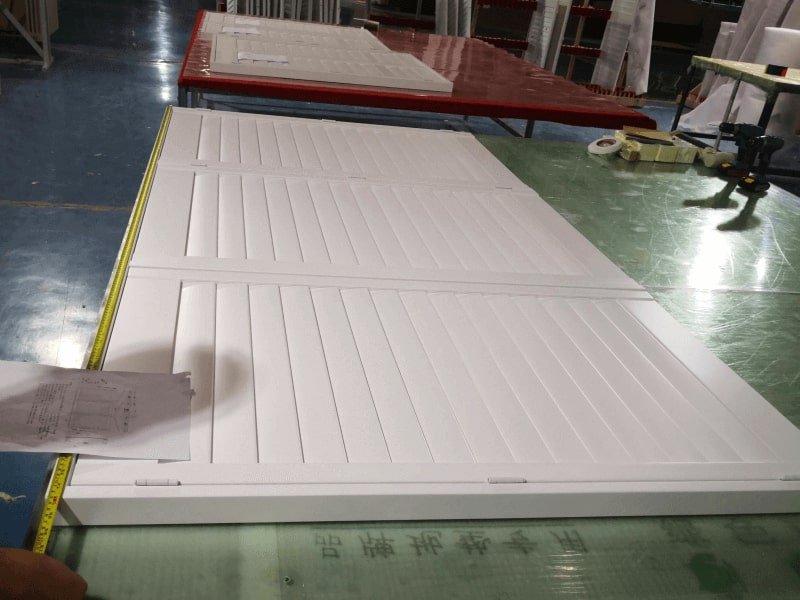

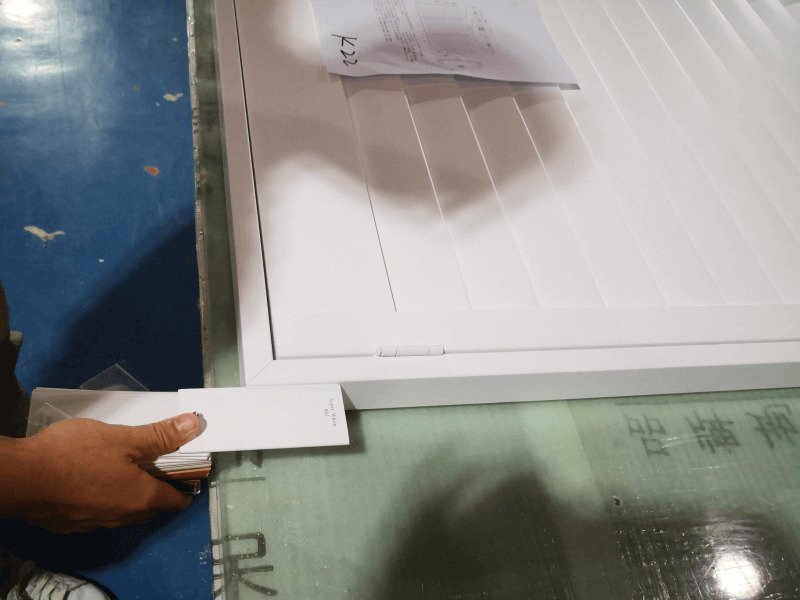

Packaging and Shipping of The Finished Shutters
Packaging and shipping are crucial steps in the shutter manufacturing process, as they ensure that the finished product arrives in excellent condition at the customer’s location.
Here are some additional details about the packaging and shipping processes:
- Protective Packaging: Once the shutters have been inspected and passed the quality control tests, they are carefully packaged to prevent damage during shipping. This may involve wrapping them in protective materials such as foam, bubble wrap, or corrugated cardboard. This packaging protects the shutters from scratches, dents, and other types of damage.
- Sturdy Boxes: The shutters are placed in sturdy boxes of durable materials such as corrugated cardboard or wood. The packages are designed to withstand the rigors of transportation and handling, providing extra protection for the shutters.
- Labeling and Documentation: The boxes are labeled with the customer’s information, including their name, address, and order number. This helps to ensure that the shutters are delivered to the correct destination. In addition, the packaging may include documentation such as installation instructions, warranty information, and care and maintenance guidelines.
- Shipping: Once the shutters have been packaged and labeled, they are shipped to the customer using a reliable carrier such as FedEx or UPS. The shutters may be shipped via ground transportation, air freight, or other modes of transport, depending on the destination and delivery requirements.
- Tracking: Customers can track their shipment using a tracking number provided by the carrier. This allows them to know the estimated delivery date and time and the status of their cargo.
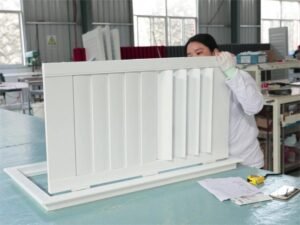

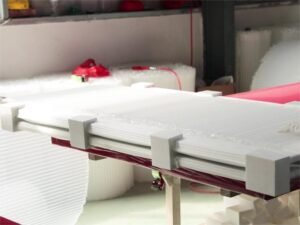

If the shutters are not locally sourced, they will typically be shipped via international freight shipping methods such as sea or air freight. Shipping methods will depend on the size and weight of the shutters and the destination and delivery requirements. Sometimes, the shutters may need to be disassembled and packaged in multiple boxes to facilitate shipping. The shipping cost will also depend on the shipping method, distance, and other factors such as customs fees and import taxes.
In conclusion, shutter manufacturing is a complex and precise process that involves selecting suitable raw materials, cutting and shaping the components, assembling the shutters, and performing rigorous quality control and inspection. The shutters are then carefully packaged and shipped to customers using reliable carriers. From wood to vinyl, shutters are available in various materials and styles to suit any home decor.
Whether you want to enhance your home’s aesthetic appeal, increase privacy, or control light, shutters offer an elegant and practical window treatment solution. By looking inside at how shutters are made in a factory, you can appreciate the craftsmanship and attention to detail that goes into creating these beautiful window treatments.

